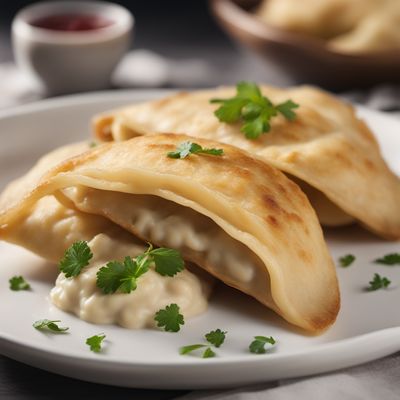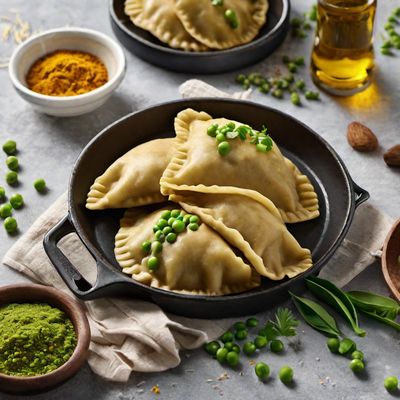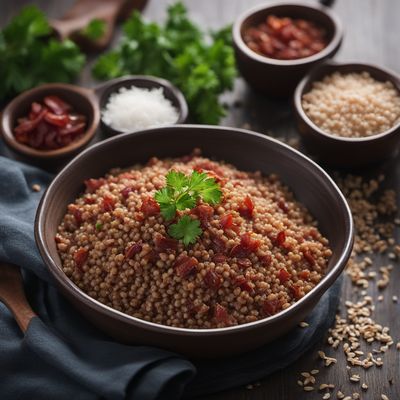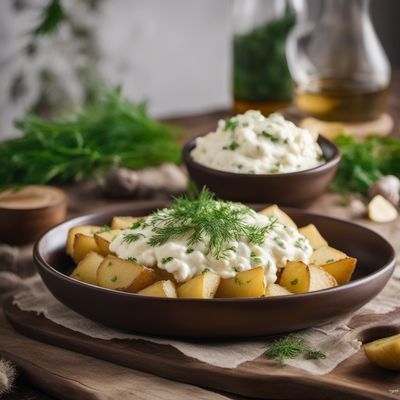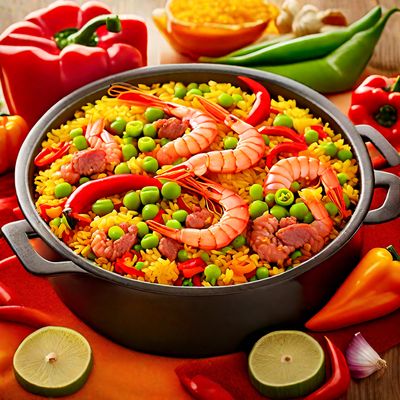
Recipe
Molecular Gastronomy Pierogi
The Futuristic Twist on Traditional Polish Pierogi
4.7 out of 5
In the realm of molecular gastronomy, we reimagine the beloved Polish dish, pierogi. Combining science and culinary artistry, this avant-garde version of pierogi will take your taste buds on a molecular journey. Prepare to be amazed by the innovative techniques and unexpected textures that await you in this modern interpretation.
Metadata
Preparation time
45 minutes
Cooking time
10 minutes
Total time
55 minutes
Yields
4 servings
Preparation difficulty
Medium
Suitable for
Vegetarian, Gluten-free (if using gluten-free ingredients), Low-carb (in moderation)
Allergens
Milk, Wheat (if using regular flour)
Not suitable for
Vegan, Dairy-free, Paleo
Ingredients
While the traditional Polish pierogi is typically made with a simple dough and filled with ingredients like potatoes, cheese, or meat, this molecular gastronomy adaptation pushes the boundaries of flavor and presentation. The focus here is on transforming the textures and creating surprising bursts of flavor through unique techniques such as spherification, foams, and gels. We alse have the original recipe for Pierogi, so you can check it out.
-
200g (7 oz) sodium alginate 200g (7 oz) sodium alginate
-
500g (17.6 oz) calcium chloride 500g (17.6 oz) calcium chloride
-
200g (7 oz) potato puree 200g (7 oz) potato puree
-
100g (3.5 oz) cheddar cheese, grated 100g (3.5 oz) cheddar cheese, grated
-
50g (1.8 oz) bacon, cooked and crumbled 50g (1.8 oz) bacon, cooked and crumbled
-
50g (1.8 oz) caramelized onions 50g (1.8 oz) caramelized onions
-
100g (3.5 oz) sour cream 100g (3.5 oz) sour cream
-
10g (0.35 oz) chives, finely chopped 10g (0.35 oz) chives, finely chopped
-
5g (0.18 oz) truffle oil 5g (0.18 oz) truffle oil
-
100g (3.5 oz) water 100g (3.5 oz) water
Nutrition
- Calories (kcal / KJ): 350 kcal / 1465 KJ
- Fat (total, saturated): 18g, 9g
- Carbohydrates (total, sugars): 30g, 2g
- Protein: 15g
- Fiber: 3g
- Salt: 1.5g
Preparation
-
1.Prepare two water baths: one with sodium alginate solution (2% sodium alginate mixed with water) and another with calcium chloride solution (2% calcium chloride mixed with water).
-
2.In a bowl, combine the potato puree, cheddar cheese, bacon, caramelized onions, sour cream, and chives. Mix well.
-
3.Using a syringe or pipette, carefully drop small dollops of the potato mixture into the sodium alginate bath. Let them sit for 2 minutes to form a thin gel layer.
-
4.Gently remove the gelled pierogi from the sodium alginate bath and transfer them to the calcium chloride bath. Allow them to sit for another 2 minutes to complete the gelling process.
-
5.Remove the pierogi from the calcium chloride bath and rinse them gently with water to remove any excess calcium chloride.
-
6.Serve the pierogi on a plate, drizzled with truffle oil and garnished with chives.
Treat your ingredients with care...
- Sodium Alginate — Ensure the sodium alginate is fully dissolved in water before using it for the bath.
- Calcium Chloride — Use food-grade calcium chloride and dissolve it completely in water to create the bath.
- Truffle Oil — Use a high-quality truffle oil for the best flavor. A little goes a long way, so drizzle it sparingly.
Tips & Tricks
- Experiment with different fillings such as mushroom duxelles, smoked salmon, or foie gras for a luxurious twist.
- For a burst of flavor, consider adding flavored powders or essences to the filling mixture.
- Play with different shapes and sizes of the pierogi to create visual interest on the plate.
- Serve the pierogi with a foam or gel made from complementary flavors to enhance the molecular gastronomy experience.
- Don't be afraid to get creative with plating and presentation to showcase the modernity of this dish.
Serving advice
Serve the Molecular Gastronomy Pierogi as an appetizer or as part of a tasting menu. Encourage your guests to savor each bite and explore the unique textures and flavors. Pair it with a crisp white wine or a modern cocktail to enhance the overall dining experience.
Presentation advice
Arrange the pierogi on a sleek, minimalist plate, allowing their vibrant colors and intriguing shapes to take center stage. Drizzle the truffle oil in an artistic manner and sprinkle some microgreens or edible flowers around the plate for a touch of elegance.
More recipes...
More Polish cuisine dishes » Browse all
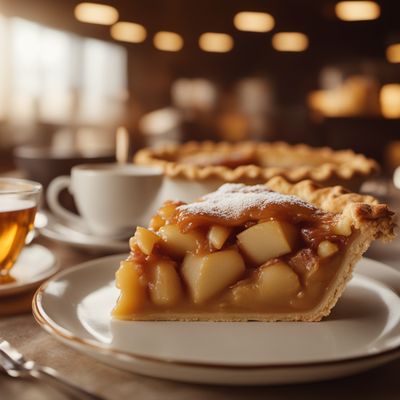
Szarlotka (Pie)
Apple Pie
Szarlotka is a traditional Polish apple pie that is made with apples, cinnamon, and sugar. It is a sweet and spicy pie that is perfect for any occasion.
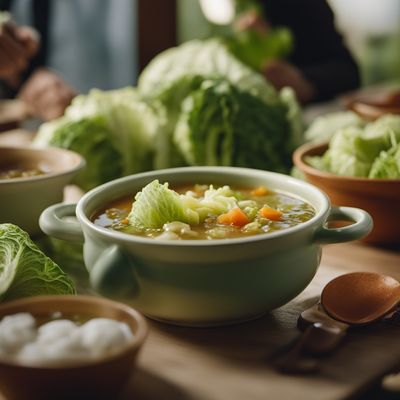
Klotski
Cabbage soup
Klotski is a traditional Polish casserole made with potatoes, sausage, and sauerkraut.
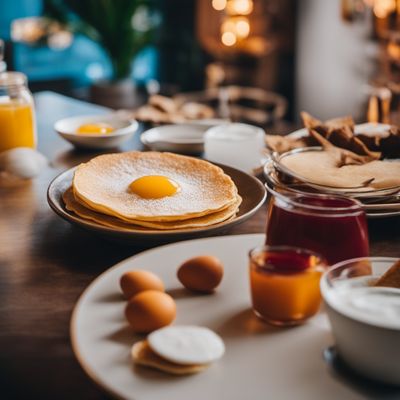
Marcinek
Marcinek is a traditional Polish dish that is perfect for breakfast or as a snack. It is a type of pancake that is made with flour, eggs, milk,...
